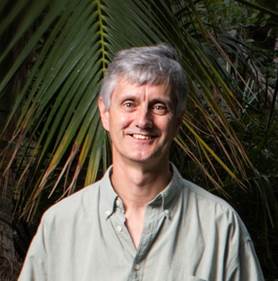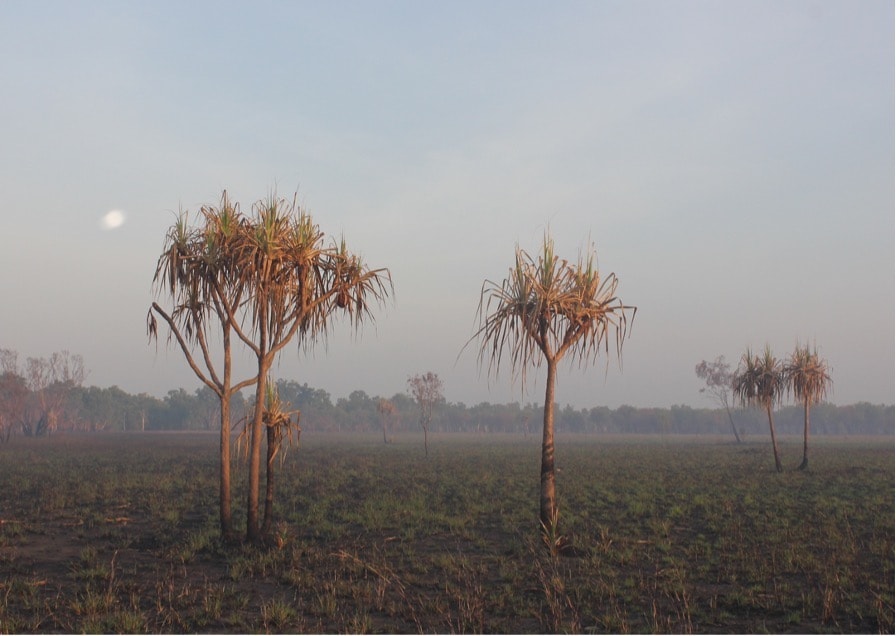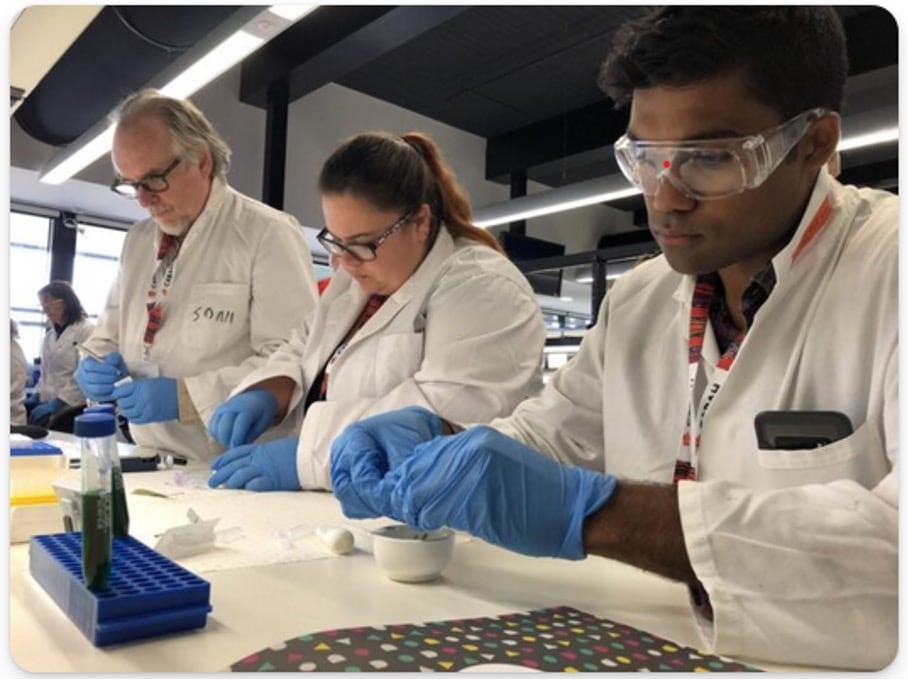This month we look at the ARC Centre of Excellence for Australian Biodiversity and Heritage (CABAH)’s work on providing a culturally inclusive, globally significant human and environmental history of Australia – Australia’s Epic Story.
A transdisciplinary approach is being taken at CABAH to record the parallel development of cultural and scientific narratives. This research is aimed at safeguarding our national heritage, transforming research culture, connecting with communities, and informing policy.
With its HQ at University of Wollongong, CABAH was launched in June 2017, and is funded by a $33.75 million grant from the Australian Research Council (ARC), $1 million from the NSW Government, and $11 million from 20 participating universities, museums and other organisations. The funding supports researchers and students over 7 years.
The Centre’s environmental research themes are People, Landscapes, Climate, Wildlife, Time and Models. Four flagship projects – Top End, Northern Gateway, Southeastern Connections and Coral Sea – span multiple research themes, and are led by academics working together with Indigenous communities on Country. The projects are broad in both geographic scale and the scope of research.
“CABAH’s Flagship projects are now in full swing and the generation of open-access databases, containing a wealth of information on Australia’s environmental history and Indigenous cultural heritage, will be a new and valuable resource for the research community and the public.”
Distinguished Professor Richard ‘Bert’ Roberts, CABAH Director

CABAH Director, Distinguished Professor Richard ‘Bert’ Roberts
Trained in the Earth sciences, Bert is interested in past interactions between hunter-gatherers and their environments in Africa, Asia and Australia. Much of his career has been spent investigating turning points in human evolution and dispersal, publishing across the fields of geochronology, palaeoecology, archaeological science and human evolution.
Tracking past rainfall – in a nutshell
While TERN data contributes to ecosystem forecasting into the future, archaeological research provides a long-term perspective on how humans survived various environmental conditions in the past.
In a recent paper in Nature Ecology & Evolution, CABAH archaeobotanist Dr Anna Florin and colleagues constructed a historical rainfall record, called a palaeoprecipitation proxy, using stable carbon isotope analysis of modern and archaeological pandanus nutshells. The team—which included environmental scientists, archaeologists and Traditional Owners—used nutshells from Madjedbebe, a rock shelter at Australia’s oldest known archaeological site, in the Kakadu region.
They were able to document fluctuations in rainfall over the last 65,000 years and identified drier periods during the last two glacial stages. At no time during that time span was the rainfall lower than now.
Periods of lower rainfall, including the earliest phase of occupation, correspond with peaks in exotic stone raw materials and artefact discard at the site, which is interpreted as indicating greater mobility and intensified use of the region during drier periods.
The findings suggest the Kakadu region wasn’t as prone to dry spells as surrounding areas — and it likely functioned as a place of refuge for early Australians as they struggled through harsh and arid conditions.

The fruit of the Pandanus, known as “anyakngarra” to the Mirarr people, the Traditional Owners of this region, is central to the study by Dr Florin and colleagues
eDNA and ethics
The study of non-human eDNA has cultural significance for Indigenous people. Ethical review of such research should include Indigenous oversight from communities with connections to the land from where eDNA originates. CABAH is taking a central role in ensuring Indigenous researchers are well-equipped to understand the complexities inherent in research involving DNA.
It is vital that Indigenous Australians are engaged and at the table for conversations about how eDNA and other genomic research should be performed and important steps have been made towards that goal.
To discuss the ethical and social implications of such research, the first Australian Summer Internship for Indigenous Peoples in Genomics (SING) was held at Deakin University in 2019— bringing a diverse group of Indigenous scholars, community representatives, and academics together to share knowledge. The SING initiative was developed in the United States in 2011 and has since inspired similar programs in Canada, Aotearoa New Zealand, and now Australia.
SING Australia committee member and CABAH associate investigator, Professor Emma Kowal, of the Alfred Deakin Institute, said the “inspiring” week-long workshop brought Indigenous researchers and academics from a range of disciplines together to learn from each other.
“SING Australia aims to develop a network that can support the next generation of Indigenous researchers and professionals to ensure that future genomics research is led by community members for their communities and to facilitate how Indigenous knowledge can, and should, impact on research.”
Professor Emma Kowal, CABAH associate investigator
The current SING Australia Committee, which includes five young Indigenous scientists who participated in the first workshop, is now planning COVID-safe workshops for 2021 and beyond.

Participants at the first SING workshop in 2019






